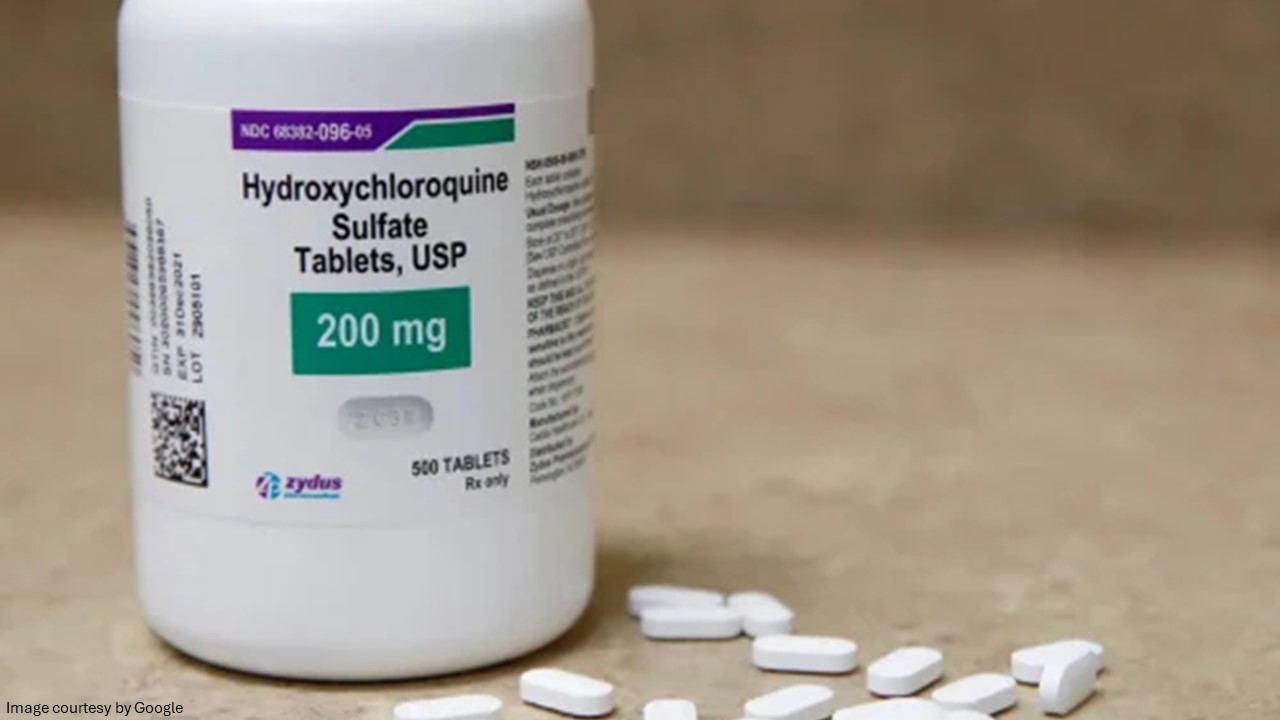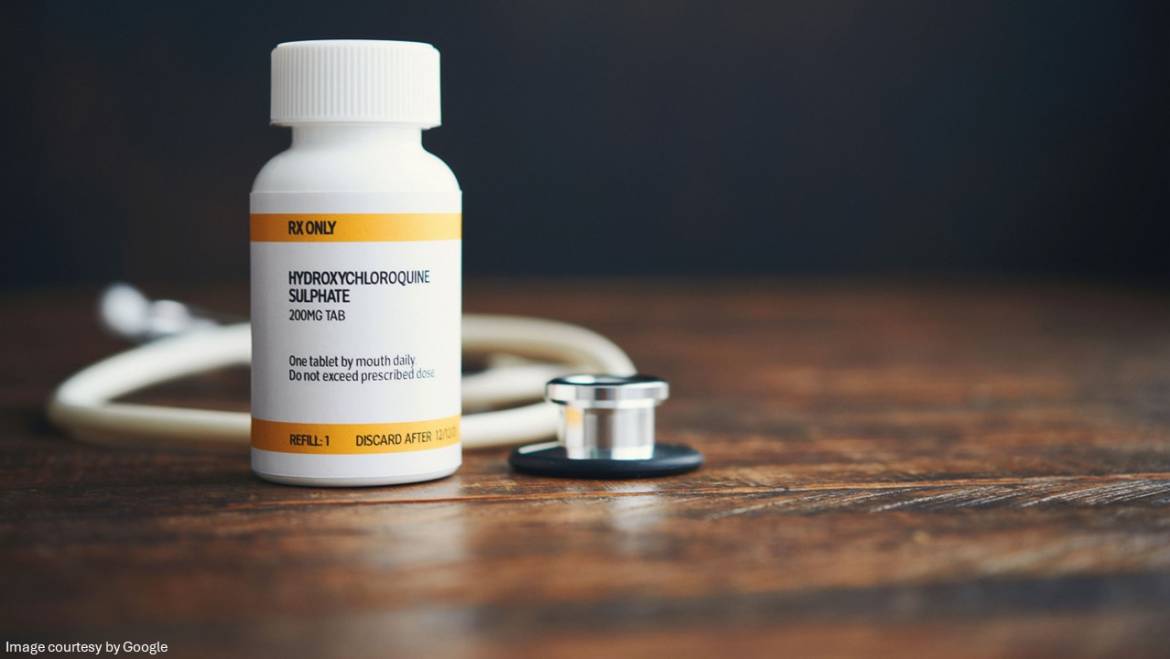What is hydroxychloroquine sulfate?
Hydroxychloroquine sulfate is been used to treat rheumatoid arthritis for over thirty years. It is one of the so-called disease-modifying drugs (second-line antirheumatic drugs) because its ability to suppress rheumatoid activity has been repeatedly proven in many clinical trials. Also, most research studies indicate that Hydroxychloroquine is slightly less effective than gold or penicillamine, while its tolerance is better than that of the other two drugs. It helps regulate the activity of the immune system, which may be overactive in some conditions. The drug can modify the underlying disease process rather than treat the symptoms.
Indications and usage
1. Malaria
Hydroxychloroquine sulfate tablets are indicated in adults and pediatric patients to treat normal malaria and prevent malaria in geographic areas where chloroquine resistance is not observed.
2. Rheumatoid arthritis
Hydroxychloroquine sulfate tablet is a prescription treatment for acute and chronic rheumatoid arthritis in adults.
3. Systemic Lupus Erythematosus
It is given to treat systemic lupus erythematosus (an autoimmune condition in which the body’s immune system mistakenly attacks health tissues) in adults.
4. Chronic Discoid Lupus Erythematosus
Hydroxychloroquine sulfate tablets are indicated for treating chronic discoid lupus erythematosus (a chronic scarring skin condition characterized by sores and inflammation) in adults.
Dosage and administration
Absolute body weight used as a guide to hydroxychloroquine dosage could result in an overdose; the daily dose should not exceed 6.5 mg/kg ideal body weight. Exceeding the prescribed daily dose sharply increases the risk of retinal toxicity and cardiac arrhythmias. The dosage given below is stated disease-wise. Each pill should be taken with a meal or a glass of milk. One can buy hydroxychloroquine sulfate online at the best price.
1. For rheumatoid arthritis
The medicine is cumulative and will require several weeks to induce its beneficial therapeutic effects; minor hydroxychloroquine sulfate side effects may occur somewhat early. Several months of treatment may be required before maximum effects can be obtained. The medication should be stopped if improvements such as swelling, reduced joints, and increased mobility do not happen within six months. Safe usage of medicine in treating juvenile rheumatoid arthritis has not been established.
Initial dosage: The recommended dosage for adults ranges from hydroxychloroquine sulfate 400 mg to 600 mg daily. In a few patients, the adverse effects may require a temporary reduction of the starting dosage of the drug. Generally, after five to ten days, the dose may be gradually increased to the optimum response level, frequently, without recurrence of adverse reactions.
Maintenance dosage: When a good response is achieved (usually in four to eight weeks), the dosage is lowered by 50 percent and continued at an acceptable maintenance level of hydroxychloroquine sulfate 200 mg to 400 mg daily. The incidence of retinopathy has been noted to be higher when the maintenance dose is exceeded.
If a relapse occurs after the medicine is withdrawn, treatment may be resumed or continued intermittently if no ocular contraindications exist.

2. Use in combination treatment:
Hydroxychloroquine sulfate 200 mg or 400 mg may be used safely and effectively with corticosteroids, NSAIDs, methotrexate, salicylates, and other second-line therapeutic agents. Salicylates and corticosteroids can generally be gradually reduced in dosage or eliminated after several weeks of use.
Lupus Erythematosus: The average adult dosage is Hydroxychloroquine 400 mg once or twice a day. Depending on the patient’s response, this may be continued for several weeks or months. A smaller dose of hydroxychloroquine sulfate 200 mg tablet to 400 mg tablet daily, will suffice for prolonged maintenance treatment. The incidence of retinopathy has been recorded to be higher if this maintenance dose is exceeded.
3. For malaria:
Suppression: In adults, 400 mg on the same day each week. In kids (six years and older), the weekly suppressive dose is 5 mg per/kg but should not exceed the adult dosage level regardless of body weight. Suppressive treatment should start two weeks before exposure. When not used before exposure, patients are advised to take an initial loading dose of 800 mg for adults or 10 mg/kg for children in two divided doses, six hours apart. The suppressive treatment should be continued for eight weeks after leaving the endemic area.
4. For treating acute attacks:
In adults, an initial loading dose of 800mg followed by 400 mg in six to eight hours. This is generally followed by 400 mg each of the next two days for 2 g of hydroxychloroquine sulfate. Alternatively, a single dose of 800 mg has also proved effective. Hydroxychloroquine dosage for adults may also be calculated by body weight.
For children (6 years and older): The preferred amount must be calculated by body weight.
5. Dosing instructions in special populations:
Patients with liver and renal insufficiency: Hydroxychloroquine sulfate 300 mg should be used with caution in patients with hepatic and renal insufficiency; a reduction may be required.
Conclusion
Which condition you take Hydroxychloroquine for will determine if you will take it long-term or short-term. If you are taking it for the treatment of lupus or rheumatoid arthritis, you will likely take the medication as a long-term treatment. You and your healthcare provider can determine if the medication is safe and effective. Once you get your doctor’s approval, you can buy hydroxychloroquine sulfate 200 mg.
Your healthcare specialist recommends dosage and instructions for appropriate hydroxychloroquine sulfate uses. Be sure to follow the dosage you are prescribed for.
admin
Latest posts by admin (see all)
- What is Triluma Cream? Uses, Benefits, and How It Works for Skin - December 26, 2024
- What Causes Dark Spots? Understanding the Science of Hyperpigmentation and How Skin Lightening Products Help - December 26, 2024
- Tretinoin Gel vs. Cream: Which Formulation is Right for Your Skin? - December 20, 2024



